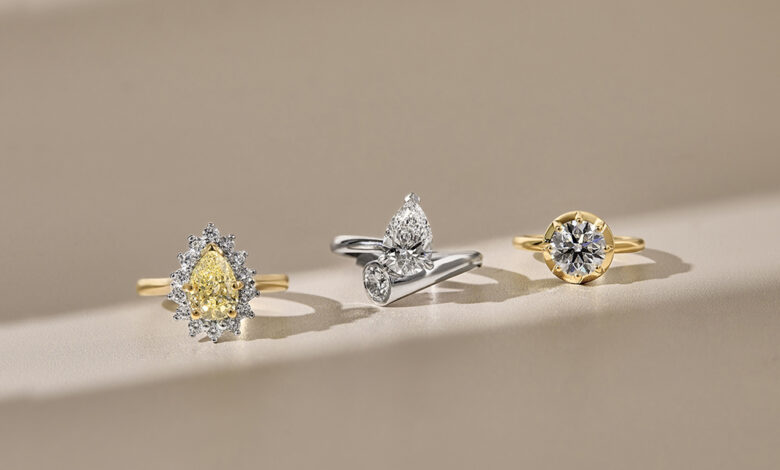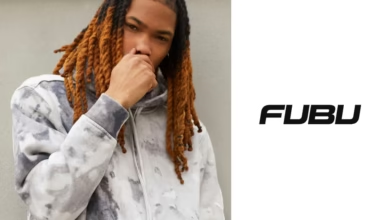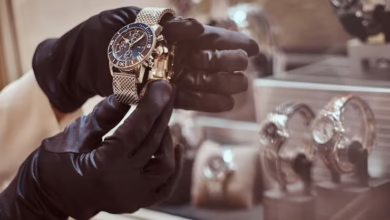Inside the Process: Creating a One-of-a-Kind Ring in Sydney

When you think of the process behind a custom engagement ring, you think of sketches, metal casting, diamonds, etc. But real work begins with a conversation. Not with design tools, not with wax mould, just with listening.
This blog will walk you through what happens behind the scenes when you’re making a one-off engagement ring in Sydney.
Why true custom starts before the design
Newsflash: the process doesn’t start with picking a stone.
When someone walks in asking for a custom ring, jewellers don’t rush to measure or draw the sketches. Their job is to understand. What does the customer love? What do they never wear? Do they take their rings off at night? Are they working with their hands a lot?
This early context shapes everything.
A custom Sydney engagement ring should match a person’s habits and quirks. The way they move. The kind of attention they like. Whether they have a lot of patience for cleaning jewellery.
If these things are not clear from the start, no matter how nice the stone or design is, it won’t feel right.
How local sourcing impacts the ring’s story
Sydney jewellers have access to some stunning Australian stones, such as sapphires from Queensland or opals from Lightning Ridge. While imported diamonds are common, a shift towards local stones is underway.
We’ve also noticed that locally sourced gems often have richer colour tones or unusual shapes that you won’t find in overseas suppliers. You’ll see some stones carry tiny marks or inclusions that indicate they weren’t mass-produced. That uniqueness adds character.
The choice of metal is also important. For example, some boutique workshops in Sydney prefer working with recycled gold or low-impact platinum. Not because it’s trendy. However, because the end result has a better texture, or the client is interested in the full origin story.
What people don’t know about CAD and 3D mockups?
Most customers love seeing a 3D render of their ring because it looks clean and precise. But screens don’t show everything.
A CAD model will not show you how light moves through the stone. It can’t reflect how sharp or soft a bevel feels. And the scale, too, could be misleading. What looks chunky in a render might feel too thin in real life, or vice versa.
Therefore, experienced jewellers don’t trust software too much. They use it as a tool, not a crutch. It helps with balance, structure, and alignment. However, they recognise its limitations, too.
If a client asks to stretch the band or add detail based on a CAD view, a custom jeweller will slow things down. They’ll explain what that means in terms of comfort, wearability, and long-term strength.
Making design changes without losing original intent
A custom ring can undergo five, ten, or even fifteen rounds of change. It’s normal. However, every tweak shifts the balance slightly. Add too much, and the ring starts looking like five styles mashed into one.
The real skill is to hold on to the original idea while making space for updates.
Maybe it started as a minimalist solitaire. Then the client wants vintage shoulders. Then a halo. Then coloured side stones. It can spin out fast.
Instead of saying yes to everything, experienced jewellers will pause, rework, and adjust. And if a change weakens the overall look or function, they’ll honestly say no.
Why the benchwork still matters in a digital age
There’s a lot of talk about 3D printing and casting these days. And yes, those are now part of the process. But the final stretch still belongs to the bench jeweller.
Setting the stones by hand lets them feel, adjust pressure, and make tiny shifts that machines can’t predict.
Same with polishing. A ring can be too polished, too smooth, so that it loses edge definition or feels flat. Good bench jewellers know how to shape with restraint. They can leave just enough texture for the ring to catch light but not glare.
Finishing decisions that affect the final look
A polished band and a matte one are two different moods. The edge shape, if soft and round, feels gentle, but a sharp square one feels modern and bold.
Details like milgrain, if done too deep or too wide, make the ring look bulky. If it’s too subtle, it disappears. The same applies to engravings – placement, depth, spacing, etc., must be just right.
Summary
If you’ve made a checklist for your one-of-a-kind ring, you must understand that the process is beyond that. It’s a mix of listening, planning, testing, adjusting, and knowing when to stop.
In Sydney, where both tradition and innovation sit side by side, a custom right becomes a story shaped by hand, place, and personality.
So if you’re thinking of getting a custom engagement ring, you’re entering a process. One that rewards patience, honesty, and craft.




